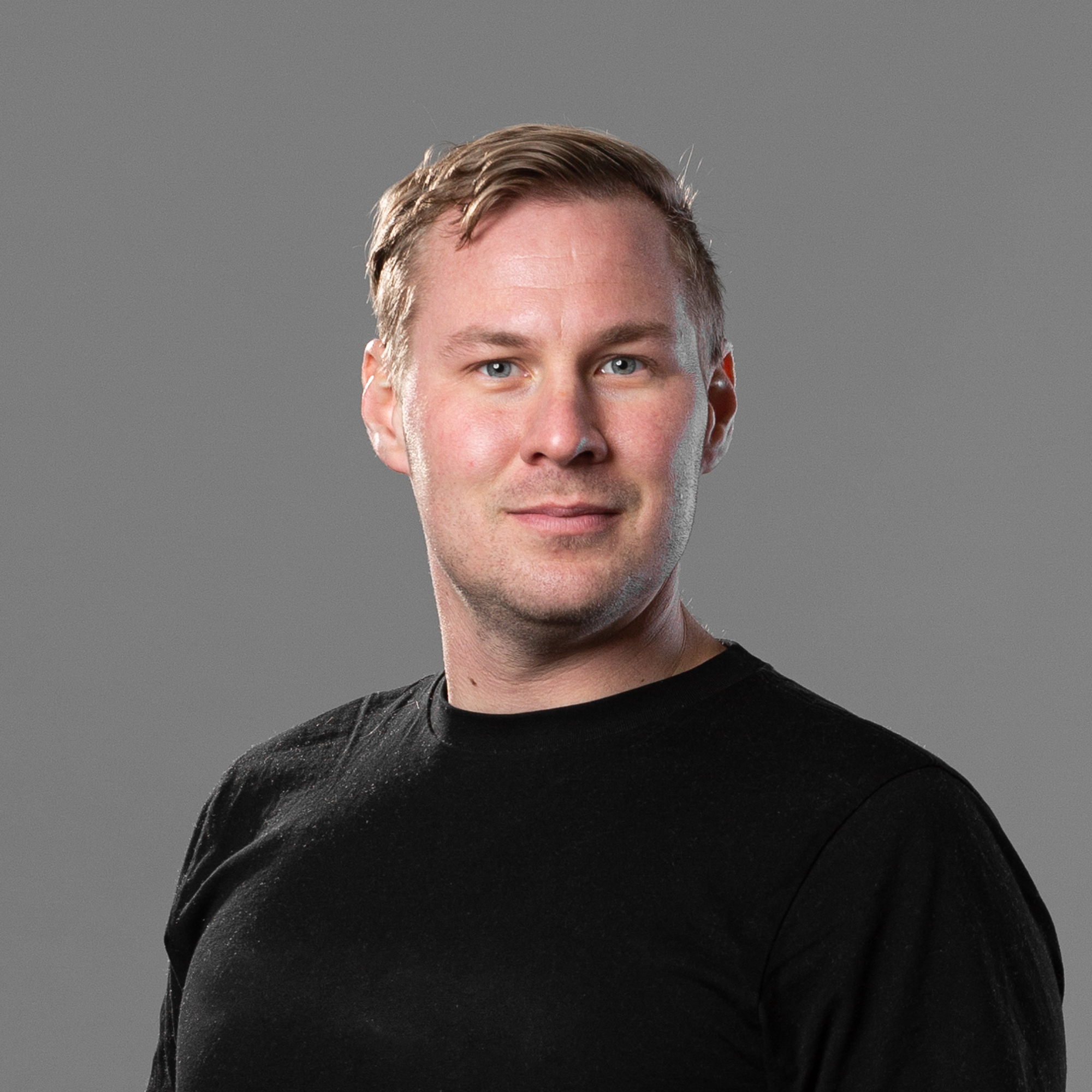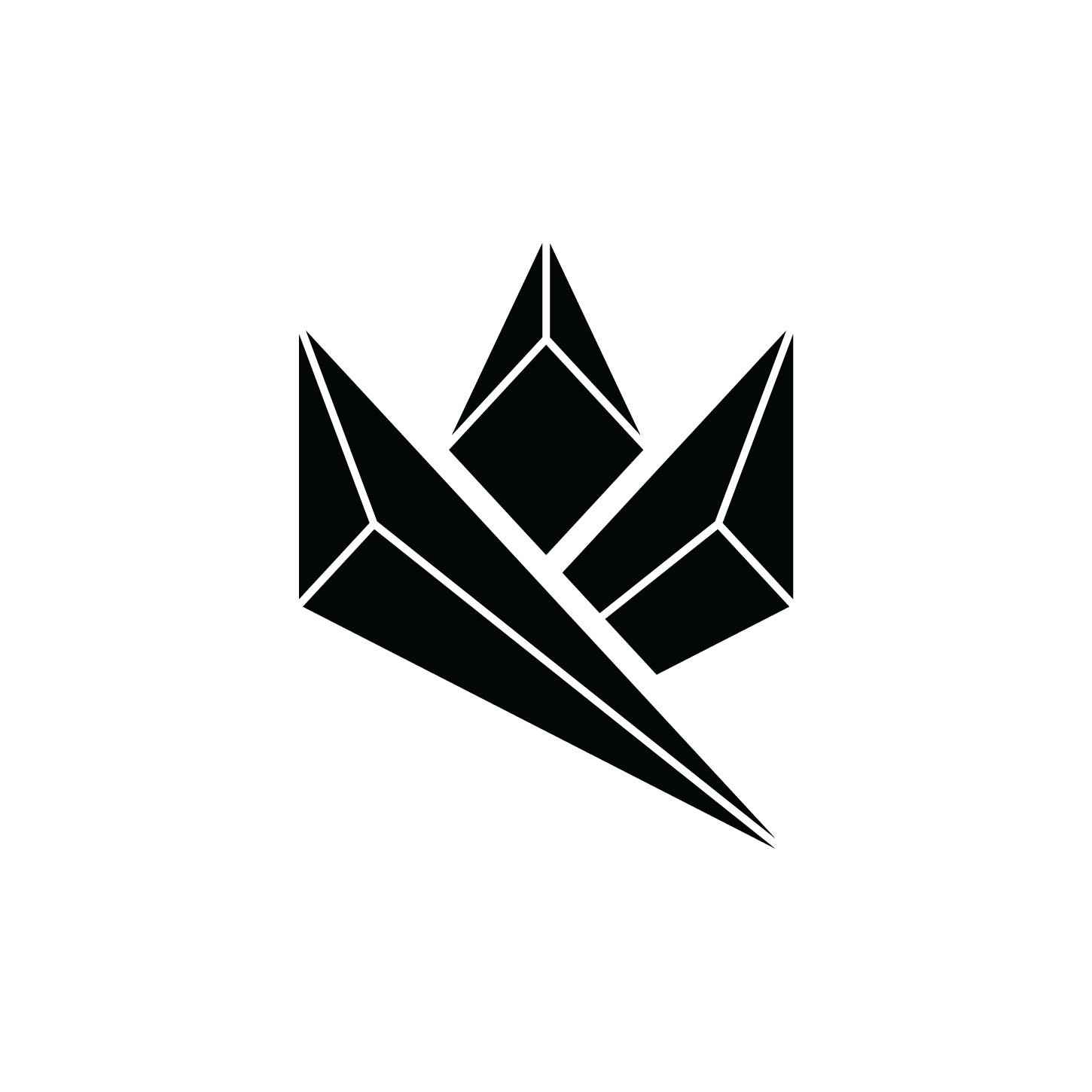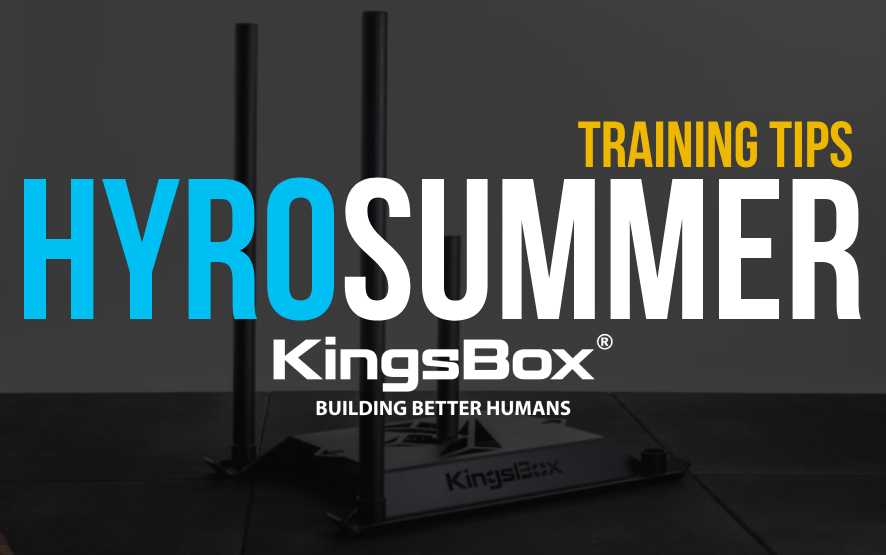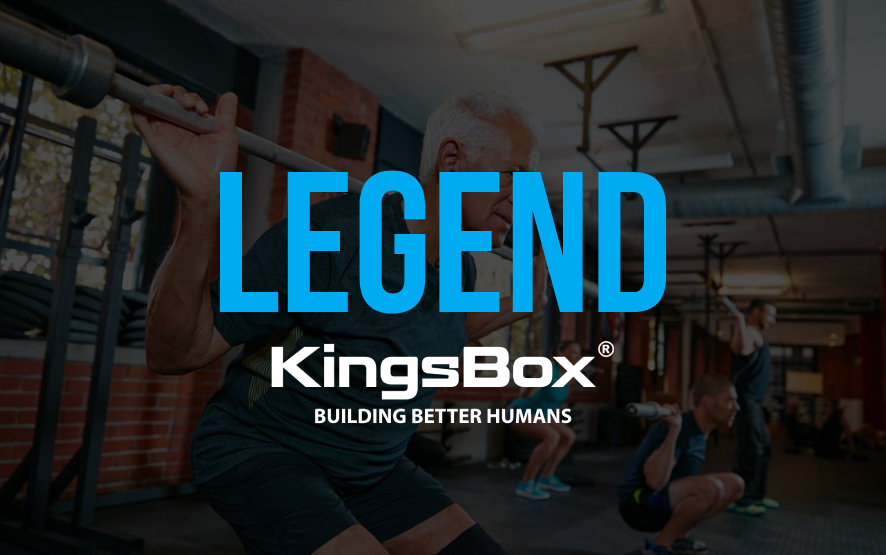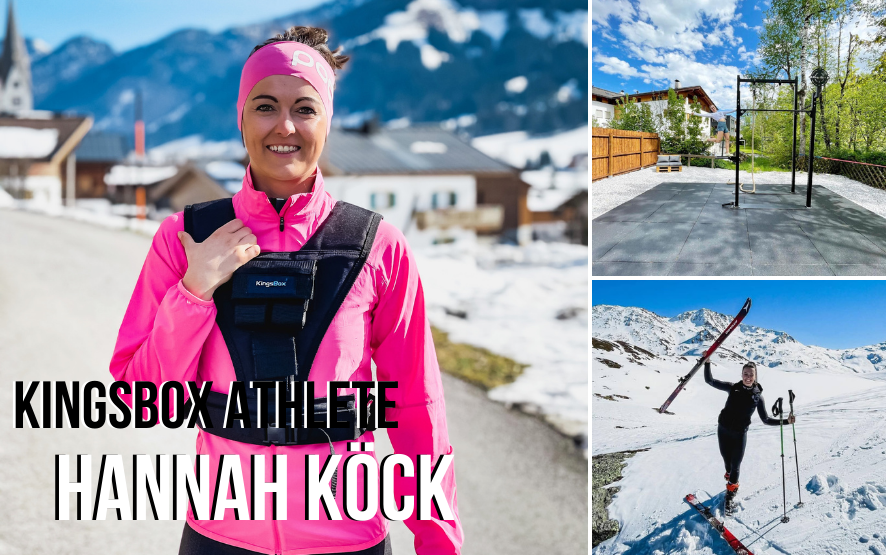In the previous blog post, we talked about product development – from how ideas for new products are generated to how they are developed and implemented. But what follows? A product doesn’t sell itself, no matter how well made. Our customers have to know that the product exists!
It is crucial to present the product to the target audience in the right way and through the right communication channels. This is where our visual communication designer, Erik Emeršič, comes in. He is responsible for the company’s overall visual identity and related design elements. His work includes conceptual design, photography, videography and graphic design.
Let’s take a closer look at how the visual product presentation process works at KingsBox:
Indice dei contenuti
Step one: Conceptual Design
Members of the marketing department develop a conceptual design for how we will launch the product to the market. We consider 3 key questions:
- What exactly do we want to present?
- How will we communicate this?
- Who is our target audience?
These elements help us outline the product launch process.
Throughout the year, the team records ideas and notes them in a moodboard. This is very useful when it comes to presenting the product, as the ideas are already gathered together and just need to be examined and defined more precisely. If there are not enough or relevant ideas, we search for more through brainstorming. At this stage, the ideas are recorded only in their raw form, without precisely defined parameters. These are determined in the next step.
Step Two: Finalizing Ideas and Setting Tasks and Deadlines
In this step, ideas are refined and finalized. This creates a clear picture and now it is the right time to assign tasks and agree on deadlines for completing them.
“Setting deadlines is a crucial step in projects. This allows us to monitor the progress of the project, ensure that all necessary steps are completed, and ultimately prevent any unwanted mistakes,” advised our visual communications designer Erik Emeršič.
Ideas on how to present the product can vary greatly and depend on the product, target audience, and marketing strategy. The most common approach is to carry out an advertising campaign on various media channels that the target customers use. If the product is complex and generates interest right from the start, we organize an event for the product launch and presentation. Other methods we use include: using social media to present the product through attractive videos or animations and photos with product descriptions; collaborating with influencers who have a large following (potential customers) and who can promote our product; and direct marketing (e.g., email marketing).
Visualization includes photography, video, and graphic material
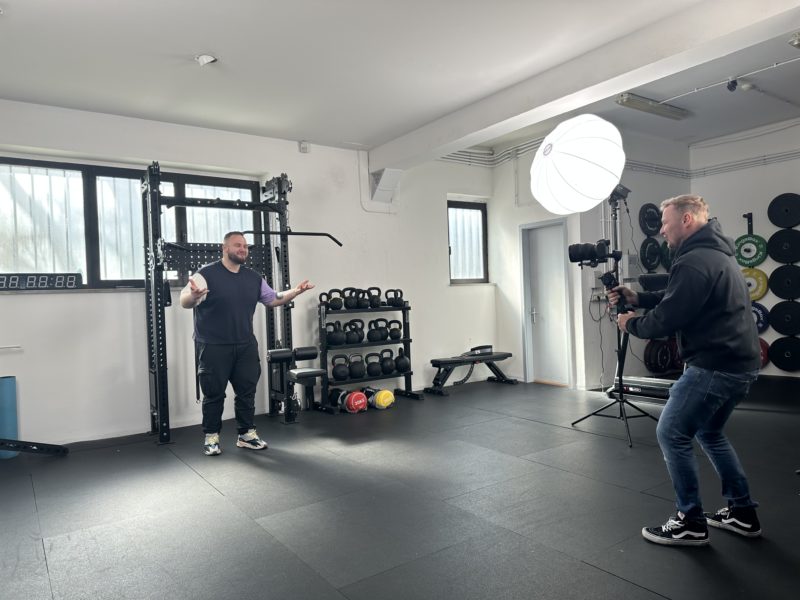
- Product photography:
- Product photography for the website: This process starts as soon as the assembly line prepares the product for photography. The product needs to be thoroughly cleaned to showcase its premium appearance.
- Product photography in use: This takes place in a real environment, such as in the gym or in our showroom. Before photography, we agree with a model who would fit the specific product. The key here is to prepare a script with exercises and ideas.
- Video:
- Product presentation: The focus is on showcasing the product itself and its functionalities, with involvement of the product’s designer and engineer. This aims to present the background of the product and its story.
- Production video: The focus is solely on the product’s function, i.e. how it works and what its advantages are. Such a video is more dynamic, as it includes elements of transitions and thereby arouses subtlety.
- Social media video: Since social media algorithms dictate the visibility and success of videos, it is necessary to constantly adapt to the trends of video creation. In most cases, these are short clips of exercises, product use or other interesting content.
- Gym footage: A lot of emphasis and investment is also placed on filming gyms, studios, and other spaces equipped with our equipment. This aims to demonstrate our presence in different markets, our equipment and its quality, and last but not least, our relationship with our customers, whom we treat as part of our company. Thus, we also help our valued customers with promotion on our social media and in this way give back to the community that has supported us all these years.
- Graphic materials: These are banners, flyers, catalogs, presentations, guidelines, packaging, products, ads, and we could go on. It is crucial that everything is arranged in a consistent style. However, we also need to include something new and fresh in this clearly defined image, so we experiment with images, but within the limits defined in the guidelines.
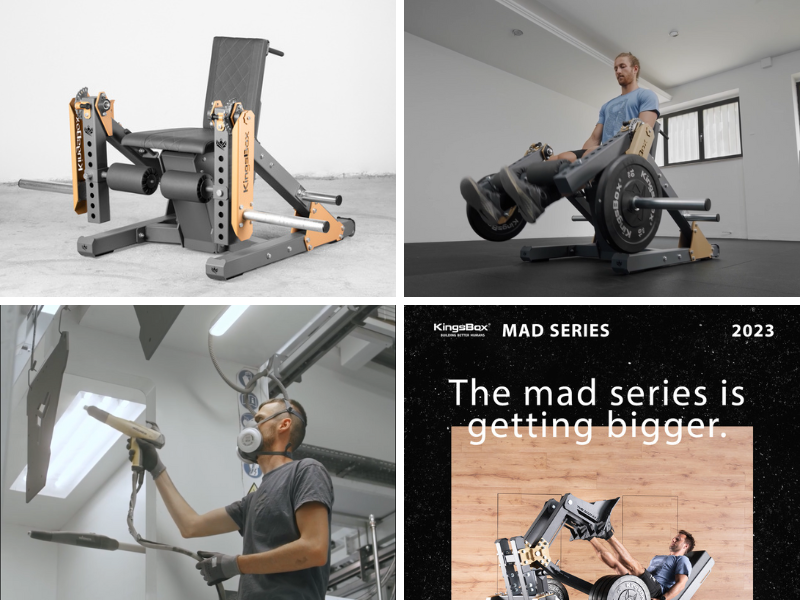
The final stage is the product launch and publication through various channels
Once all the necessary steps have been completed, promotional material is released through all possible channels. Initially, the product photos are uploaded to the website, making the product finally visible in the online store and available for purchase. All other materials are then published on social media. With the product launch, the majority of the process is completed, but there is still ongoing content creation and the addition of any necessary adaptations.
To sum up, it is important to present a new product to the target audience in an attractive and informative way that addresses their needs and wishes. Consider your target group, their habits, and communication methods to choose the most effective way to present the product. Follow trends dictated by social media – this way, algorithms will recognize popular content and push your videos to a wider audience.
Finally, we asked Erik what he likes most about his job:
»Dynamic and creative work is what fulfills me the most, as I influence the added value of the company.«
Follow us on our social media and stay up to date with the latest offerings and interesting content.
